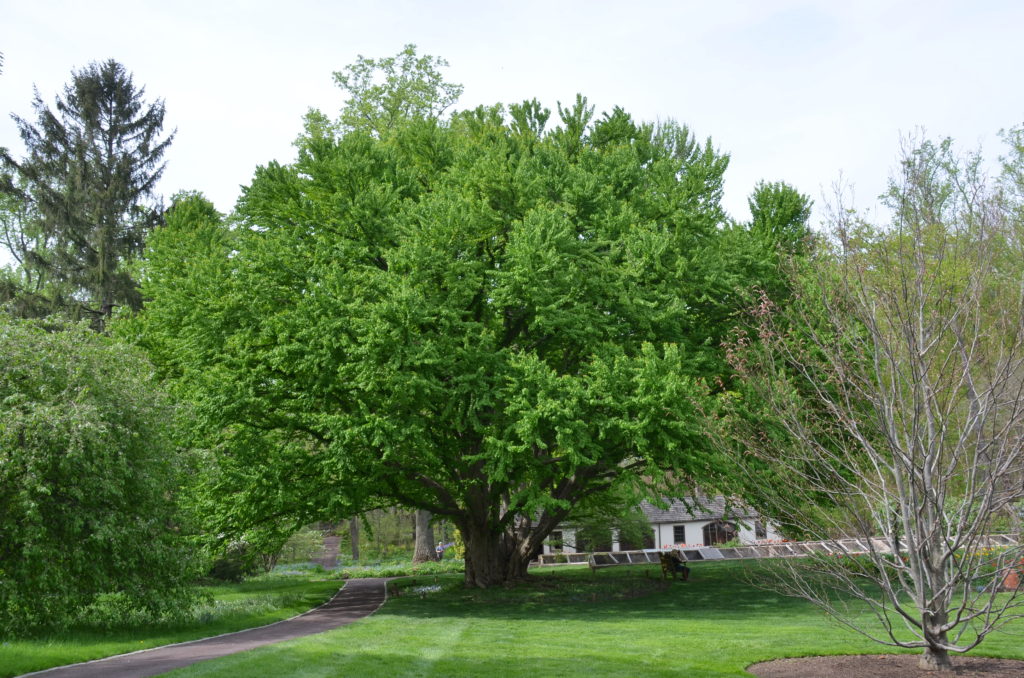Hooray! American gardeners are finally becoming savvy about Katsura tree (Cercidiphyllum japonicum) as one of the finest landscape trees. This medium to tall growing tree (height depending on cultivar) possesses four-season appeal. Numerous varieties are now available. Small growing cultivars will be featured here.
Katsura tree is indigenous to Japan and China where some may reach an incredible 100 feet tall (USDA hardiness zones 4-8). In the U.S., it is a long-lived majestic 40-60 foot high tree. It exhibits a pyramidal form in its early years. Some aged specimens at some American botanical gardens are easily 75 feet tall.

The species is dioecious, e.g. separate male and female trees. The tiny flowers are mostly inconspicuous and small pods with numerous winged seeds are dispersed from female trees in late fall. Katsura tree is not invasive.
Its beautiful heart-shaped soft green summer foliage transforms to purple and gold shades in autumn. After the leaves shed in the fall the tree’s lovely symmetrical branching and scaly/shaggy bark is exposed. Often, the fall air holds a cinnamon scent reminiscent of cotton candy or a sugar-cookie.

Katsura Cultivars for Small Urban Landscapes:
‘Red Fox’ (‘Rotfuchs’) – exhibits new red spring foliage that becomes dark purple-green in summer.
‘Claim Jumper’ – a relatively new gold-leaved variety that grows 25-30 feet (8-10 m) and 20 feet wide. Leaves emerge with a pink blush and unfurl to soft, golden-yellow. Gold leaf color is lost by late summer.
‘Heronswood Globe’ – a small 15 to 20 feet tree with a rounded canopy, a good fit in a small urban landscape.
‘Raspberry’ – small 14 feet tall x 7 feet wide in 10 year; foliage turns a rich raspberry red fall color.
‘Tidal Wave’ – small weeping form that eventually grows to 20 feet and slightly wider
Katsura tree prefers a moist well-drained soil and full sun to part-shade. Its growth rate is equal to sugar or red maples. Seasonal soil moisture is most important. Newly planted 1-2 year old trees are particularly prone to leaf scorch in dry soils. Over the first 2-3 years following planting, supplemental irrigation should be provided.
Katsura are rarely troubled by serious pests or disease problems. Katsura tree and cultivars should be available at full-service garden centers, but sharp early shoppers are likely to buy up the inventory. Rare or new cultivars, some that are listed here, are sold by on-line specialty nurseries.

 Posted in
Posted in 
